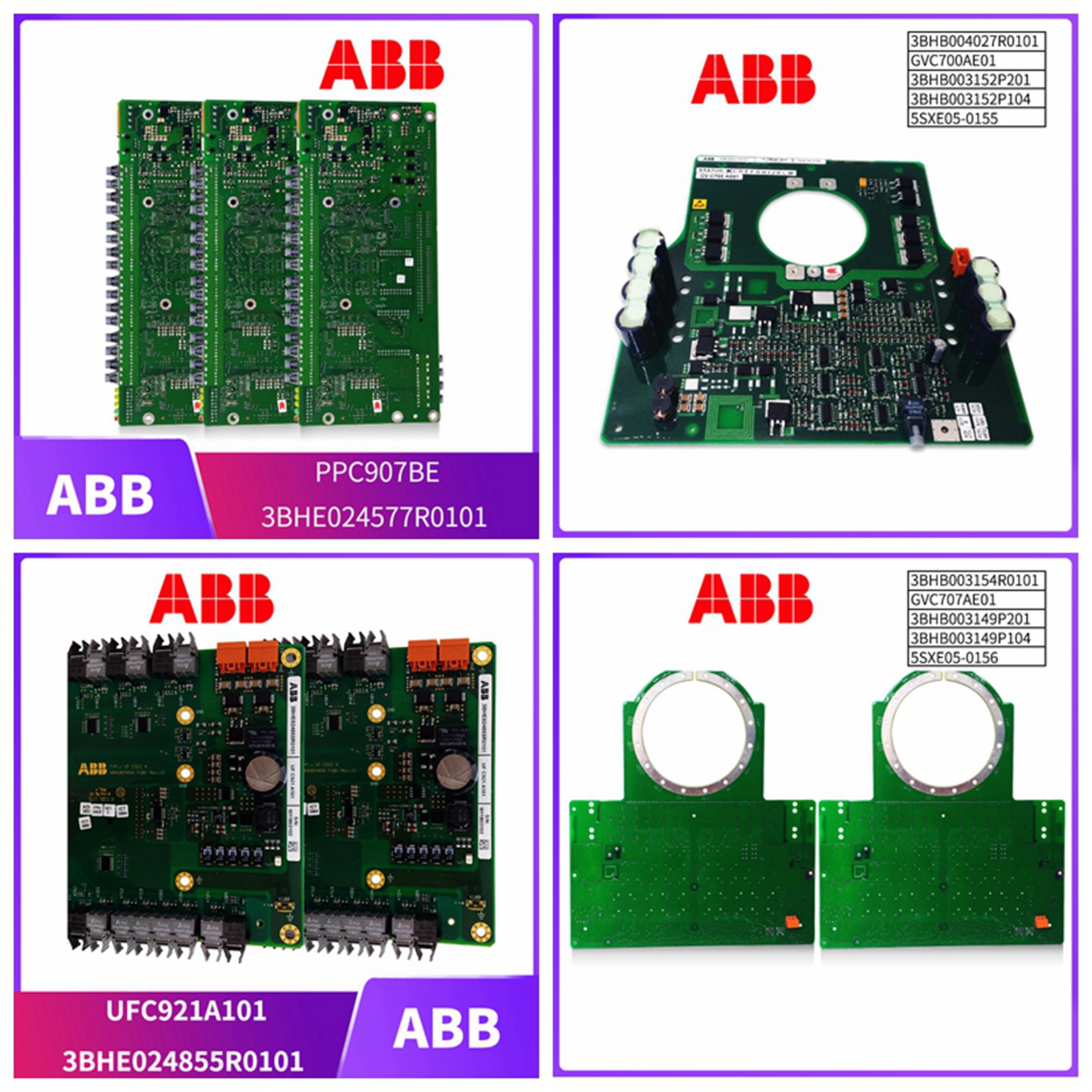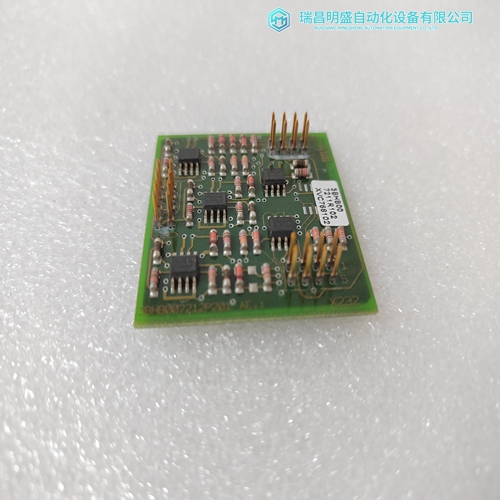57310255-AV DSRF180A DCS/分散型控制系统
内存集线器组件功能
2 Gb/s反射式内存集线器组件功能:•用于GE Fanuc嵌入式系统的反射式内存网络产品•使用小型可插拔(SFP)收发器提供多达八个端口•集线器总成最多可级联256个节点•自动旁路光纤网络中有缺陷或断开连接的节点•自动旁通可可选地由信号丢失或同步模式丢失控制•每个端口重新生成串行光信号,消除链路损耗并减少抖动•可配置用于长度达10km的电缆•10BaseT以太网TCP/IP端口用于远程访问和控制•RS232端口用于本地访问和控制可选19英寸1U机架安装或台式机箱•内部通用电源•如果接收器未检测到信号(适用于固件版本02.00及更高版本) 2Gb/s反射内存集线器组件订购选项 设计用于与GE Fanuc嵌入式系统的反射存储器实时网络产品系列一起运行。反射内存集线器可以在检测到信号丢失或有效同步模式丢失时自动绕过端口,从而允许网络中的其他节点保持运行。由于光学端口是用小型可插拔(SFP)收发器实现的,因此只需要填充所需的端口。
SFP收发器可以是多模(短距离)或单模(长距离)收发器的组合。此功能允许在小型网络中节省成本并优化系统。对于更大的网络,可以级联多个组件,从而允许具有最多256个节点的托管集线器阵列。每个端口重新生成串行光信号,消除了插入损耗和电缆衰减的问题。信号再生也减少了抖动。RS232端口使您能够通过简单的PC串行端口监视和控制反射式存储器网络。以太网端口功能允许您通过局域网(LAN)或Web浏览器远程监视和控制集线器。作为选项,可以配置为19英寸1U机架式机箱或台式机机箱。通用电源几乎可以按照任何国际电力标准运行。产品概述当检测到缺少有效的同步模式时,会自动绕过端口。与每个端口相邻的三个LED提供端口状态的视觉指示。通过串行端口或以太网端口可获得其他状态指示和操作模式。状态信息包括已安装收发器的检测、信号(光)的检测、有效同步模式的检测和端口操作速度(2Gb/s)。控制寄存器允许信道旁路基于单个有效同步模式或多个同步模式的缺失。旁路也可以简单地基于信号(光)的损失。此外,无论状态指示灯如何,每个端口都可以手动强制激活或旁路。
Memory Hub Component Features
2 Gb/s reflective memory hub component functions: • Reflective memory network products for GE Fanuc embedded systems • Up to eight ports using small form factor pluggable (SFP) transceivers • Hub assembly can cascade up to 256 nodes • Automatic bypass of nodes with holes or disconnections in the optical network • Automatic bypass can optionally be controlled by signal loss or loss of synchronization mode • Each port regenerates serial optical signals, Eliminate link loss and reduce jitter • Configurable for cables up to 10km long • 10BaseT Ethernet TCP/IP port for remote access and control • RS232 port for local access and control Optional 19 inch 1U rack mount or desktop chassis • Internal general power supply • If the receiver does not detect a signal (applicable to firmware version 02.00 and later) The 2Gb/s reflective memory hub component ordering option is designed to operate with the GE Fanuc Embedded Systems reflective memory real-time networking product family. Reflective memory hubs can automatically bypass ports when they detect a loss of signal or a loss of effective synchronization mode, allowing other nodes in the network to remain operational. Since optical ports are implemented with small form factor pluggable (SFP) transceivers, only the required ports need to be populated.
The SFP transceiver can be a combination of multi-mode (short range) or single-mode (long range) transceivers. This feature allows cost savings and system optimization in small networks. For larger networks, multiple components can be cascaded, allowing a managed hub array with up to 256 nodes. Each port regenerates the serial optical signal, eliminating the problems of insertion loss and cable attenuation. Signal regeneration also reduces jitter. The RS232 port enables you to monitor and control the reflective memory network through a simple PC serial port. The Ethernet port feature allows you to remotely monitor and control the hub through a local area network (LAN) or web browser. As an option, it can be configured as a 19 inch 1U rack cabinet or desktop cabinet. Universal power supply can operate according to almost any international power standard. Product Overview The port is automatically bypassed when a lack of a valid synchronization mode is detected. Three LEDs adjacent to each port provide visual indication of port status. Other status indications and operating modes are available through the serial port or Ethernet port. The status information includes the detection of the installed transceiver, the detection of the signal (optical), the detection of the effective synchronization mode, and the port operation speed (2Gb/s). The control register allows channel bypass based on the absence of a single valid synchronization mode or multiple synchronization modes. The bypass can also be simply based on the loss of signal (light). In addition, each port can be manually forced activated or bypassed regardless of the status indicator.











